Why STEM Matters in 2020
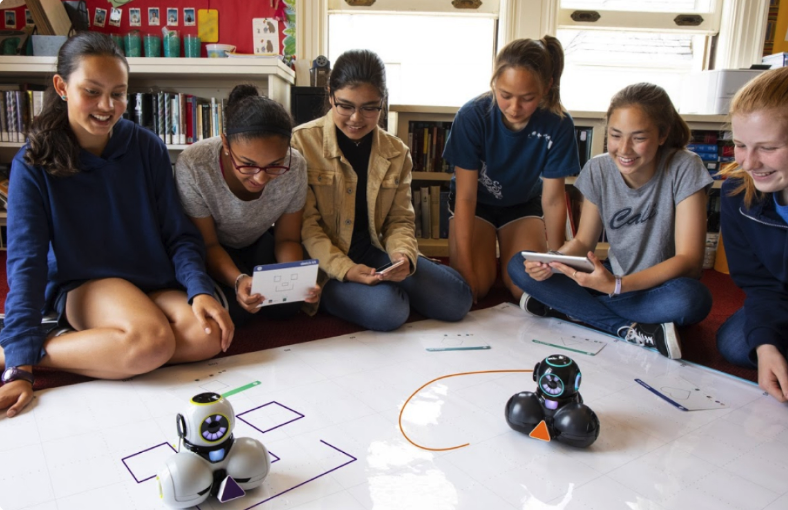
STEM Education, a term initiated by the National Science Foundation, is an educational approach which focuses on one or more of the four disciplines of science, technology, engineering, and math. In an era when technical and scientific skills are increasingly important in the work force, exposing children to STEM learning in the early years is key.
Currently, only 26% of STEM jobs are held by women. It is important to ensure that girls as well as boys are exposed to and encouraged in the area of STEM. It’s never too early to introduce STEM to your child and to consider how to sustain interest in STEM in elementary school.
- 0 Comments
- Feb 4, 2020 10:10:00 AM
- Posted by Natalia Galvis
- Topics: EdTech, STEM, 21st Century Classroom, Learning, STEMchat, Edchat, k12
How EdTech Can Impact on Students’ Wellbeing

In most people’s lives, school is the first environment in which we start feeling pressure. Whether the cause is the expectation to perform well or the struggle to fit in and have one’s first social interactions, school is often a source of stress and fear and can prove detrimental to the students’ mental health and well-being.
Creating a safe, positive place to be that fosters confidence and contentment while nipping the causes of anxiety and low self-esteem in the bud is something that everyone can contribute to: a class where students who struggle socially are not made to feel judged or excluded by their peers, staffed by teachers who realise that low-performing pupils need to be helped, not berated, is much more conducive to a good mental state than a highly competitive class where bullying is rife and students feel that they cannot go to the adults in charge with their problems.
Human behaviour, therefore, remains the greatest factor in student well-being and mental health, and technology alone cannot eliminate all obstacles. However, EdTech can be an excellent support tool for those educators and administrators who care about their students’ quality of life.
- 0 Comments
- Feb 3, 2020 10:00:00 AM
- Posted by Natalia Galvis
- Topics: EdTech, STEM, 21st Century Classroom, Learning, Edchat, k12
Robotics in Education: Constructing, Coding, and Competing
The learning theory of constructionism asserts that people construct mental models to understand the world around them, and that this can be achieved through activities like building, tinkering, playing with components of machines and other systems, and watching how they interact.
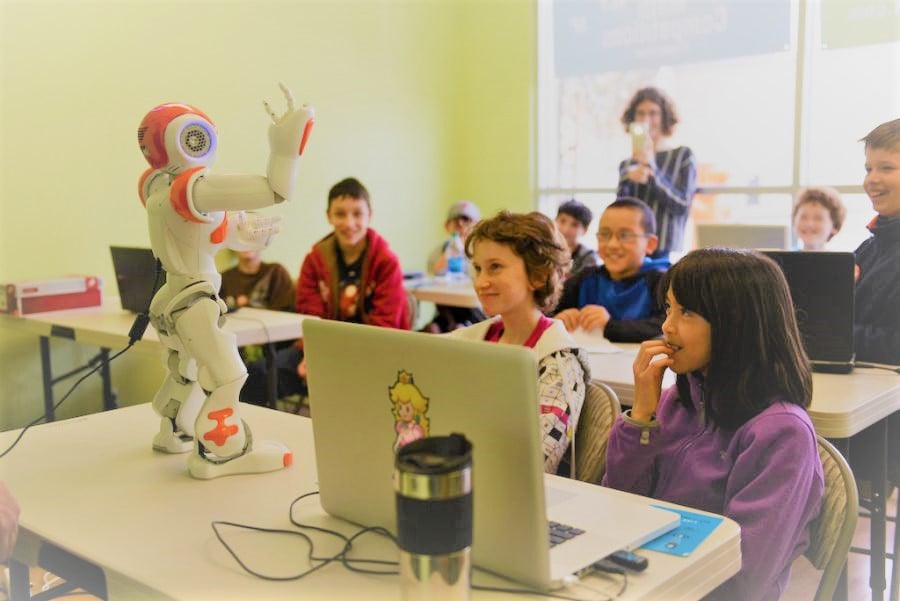
many companies now provide robotic building kits that educators can use to build systems thinking, learn engineering, and practice STEM concepts, following the theories of constructionism. There are options out there for the smallest of budgets, as well as large-scale, worldwide, non-profit organizations that have inspired the formation of robotics clubs, as well as international robotics competitions.
- 0 Comments
- Jan 28, 2020 10:00:00 AM
- Posted by Natalia Galvis
- Topics: Robotics, EdTech, STEM, 21st Century Classroom, Robots,, STEMchat, Edchat
5 Ways To Use Drones In The Classroom
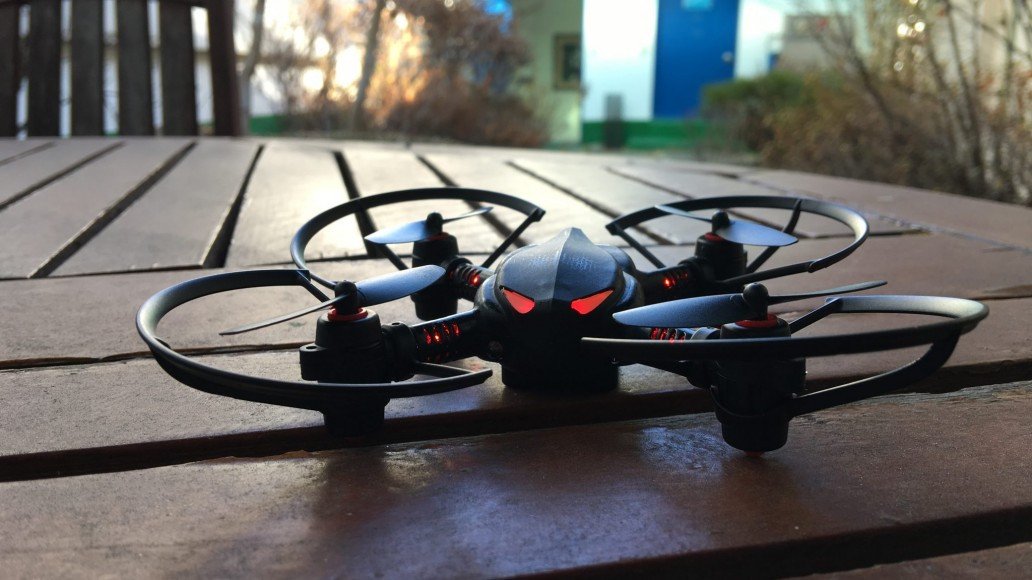
Mobile devices may have enabled the breakthrough of disruptive technology in modern classroom, but new gadgets keep enriching the possibilities to engage students in more interactive classes. Alongside smartphones and tablets, a number of new devices have entered a classroom – from smart boards to VR headsets, a wide range of tech inventions have helped reinvent traditional teaching methods. Among the latest tech trends, the use of drones has become a widespread among photographers, journalists, farmers, police officers and many others. For teachers, using drones in the classroom open up a new set of opportunities to make classes more relevant and engaging for students.
- 0 Comments
- Jan 27, 2020 10:00:00 AM
- Posted by Natalia Galvis
- Topics: EdTech, STEM, 21st Century Classroom, Drones, STEMchat, Edchat
What is The State of Virtual Reality in The Classroom?
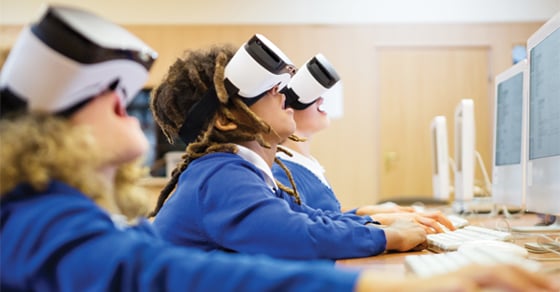
Virtual reality sounds like a far-off futuristic concept. When we hear the words “virtual reality” we may think of people wearing big helmets that transport them to another location from the comfort of their home (or classroom). However, virtual reality is slowly becoming a reality in the classroom. It doesn’t look quite like what you might imagine, but it is improving all the time.
The potential benefits of virtual reality in the classroom are endless. Students from schools all over the world could have access to the same resources and experiences through virtual reality, creating an even playing field like we’ve never seen before in education. Students could use virtual reality to travel back in time and see history come to life, or to take field trips to far-off locations that would cost hundreds to travel to in real life.
- 0 Comments
- Jan 24, 2020 10:00:00 AM
- Posted by Natalia Galvis
- Topics: EdTech, STEM, 21st Century Classroom, VR, Realidad Virtual, Réalité virtuelle, STEMchat, Edchat
Is Coding Over? Why Learning to Code Is Really About Learning to Learn
We are now living in a technological world and the future of work is this: Tech workers will no longer solely work in the tech industry. Every field will hire employees with strong digital skills, and this trend will only continue to accelerate.
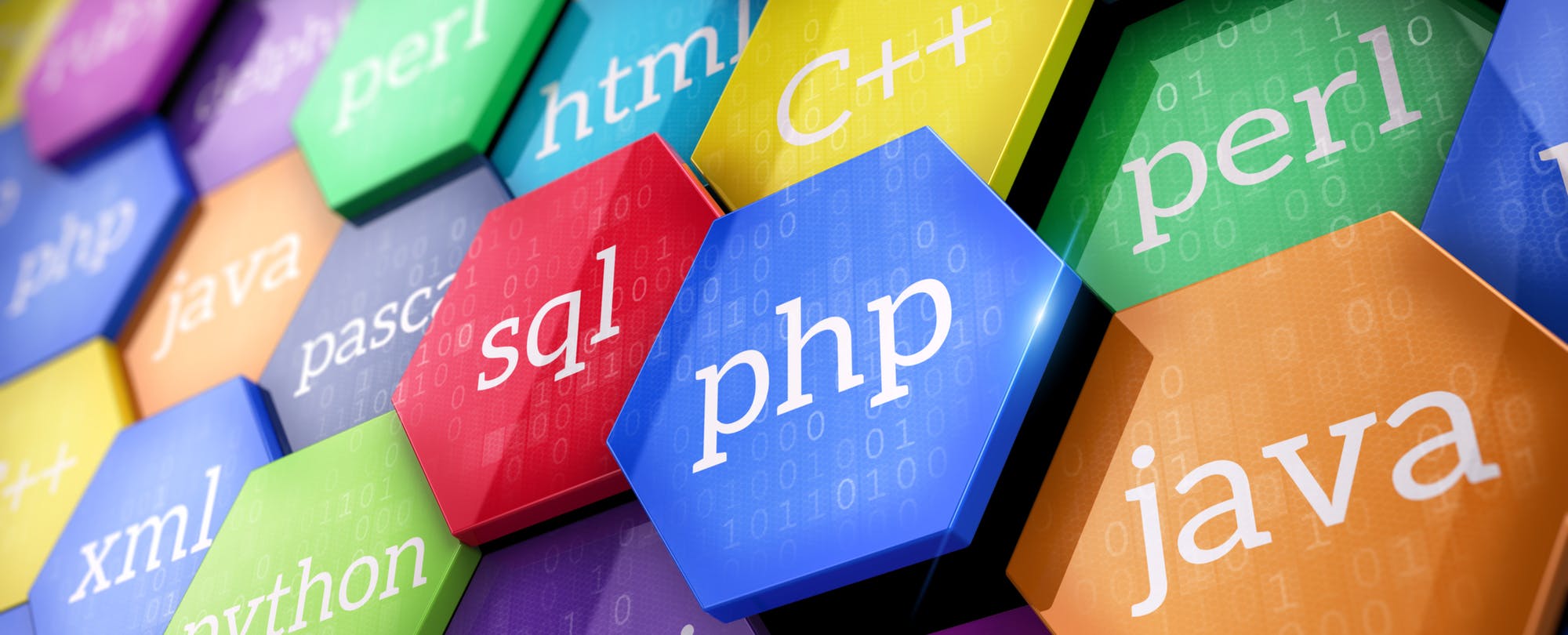
- 0 Comments
- Jan 23, 2020 10:10:00 AM
- Posted by Natalia Galvis
- Topics: EdTech, STEM, 21st Century Classroom, Coding, Codificación, STEMchat, Edchat
5 Ways AI May Influence Higher Education Admissions & Retention

Artificial intelligence (AI) has officially entered the higher education realm, both hypothetically and in early practice. According to the report Artificial Intelligence Market in the US Education Sector, AI will grow at a compound annual rate of 47.7 percent from 2018 to 2022. Several technological and educational powerhouses will contribute to that growth as they commit substantial resources and personnel to develop digital platforms that use AI.
- 0 Comments
- Jan 22, 2020 10:05:00 AM
- Posted by Natalia Galvis
- Topics: EdTech, STEM, 21st Century Classroom, Artificial Intelligence, STEMchat, Edchat, AI
STEM Education is About Hands On Experiences
The processes of inquiry, reasoning and collaboration required in STEM learning are similar to any experiential activity; learning activities must be hands-on experiences. STEM classes also demand rigor and relevance in a curriculum, and the students who take these classes must learn to think critically as they use science, technology, engineering, and mathematics to solve real world problems through direct learning experiences.
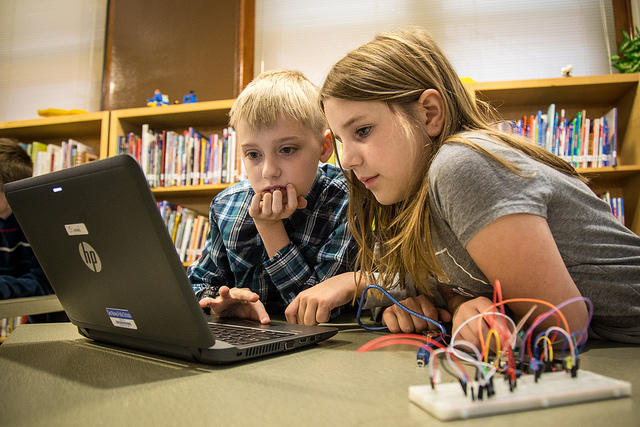
- 0 Comments
- Jan 20, 2020 10:00:00 AM
- Posted by Natalia Galvis
- Topics: EdTech, STEM, 21st Century Classroom, STEMchat, Edchat
5 K-12 Guidelines For Artificial Intelligence: What Students Should Know
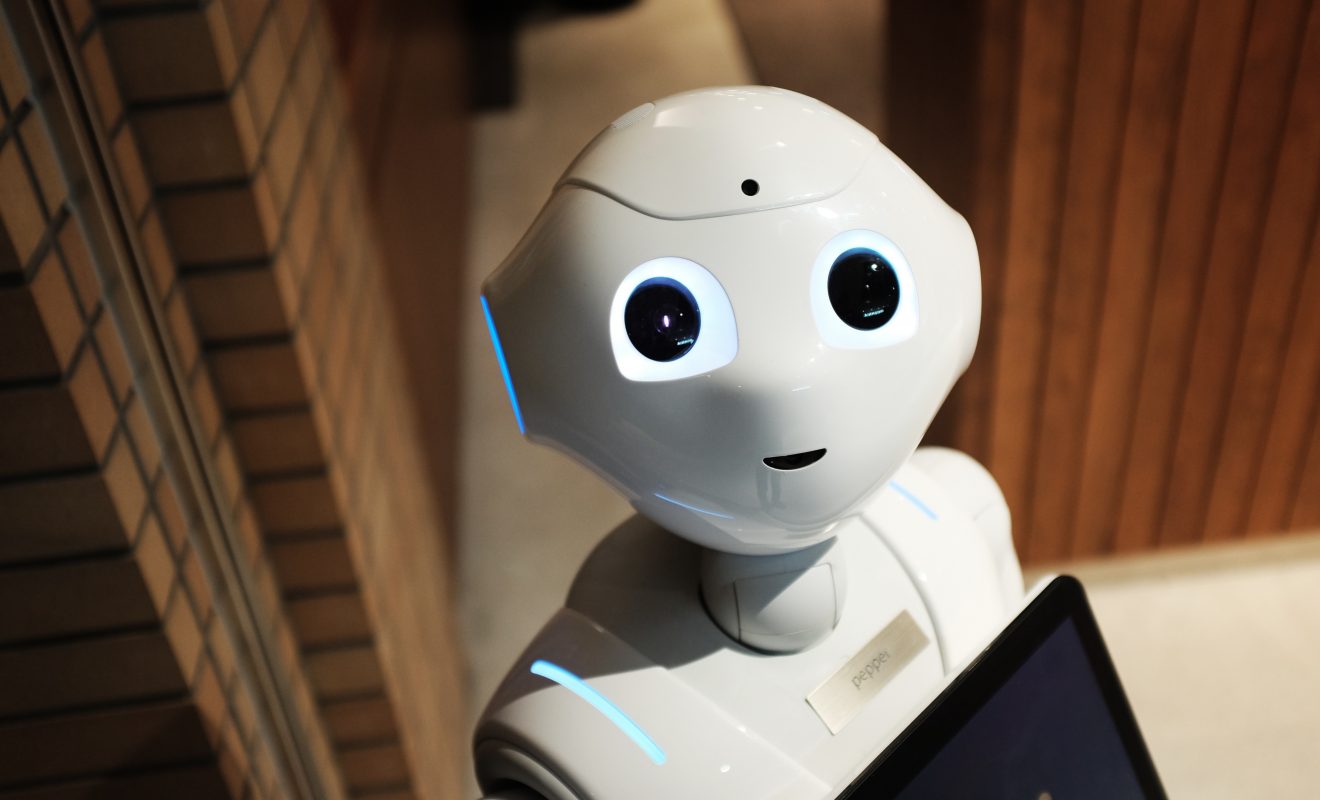
Artificial intelligence (AI) is the future. It is already altering the way our world operates, and it’s a force of change that education has no choice but to engage with it. According to a recent Gartner report, one in five workers will have some form of artificial intelligence as a co-worker.
That means most of today’s K–12 students will be part of a workforce that will include AI co-workers. In order to flourish in this new work environment, students must study AI, and K–12 schools will need to have artificial intelligence curricula.
The Association for the Advancement of Artificial Intelligence and the Computer Science Teachers Association have formed the AI for K-12 Working Group. This working group has come up with five big ideas regarding AI that every student should know about.
- 0 Comments
- Jan 14, 2020 10:00:00 AM
- Posted by Natalia Galvis
- Topics: Robotics, EdTech, STEM, 21st Century Classroom, Artificial Intelligence, Robots,, Innovation, Edchat, AI
How and Why to Bring Robotics into the Classroom
The need for people in STEM-related careers is at an all-time high. Science, tech, engineering and math fields are looking for people who can think critically, solve problems and work with science and math concepts with ease. For years, much of this type of work has been outsourced to other countries, but with the growing dependence on tech, domestic businesses are also increasing hires in these fields.
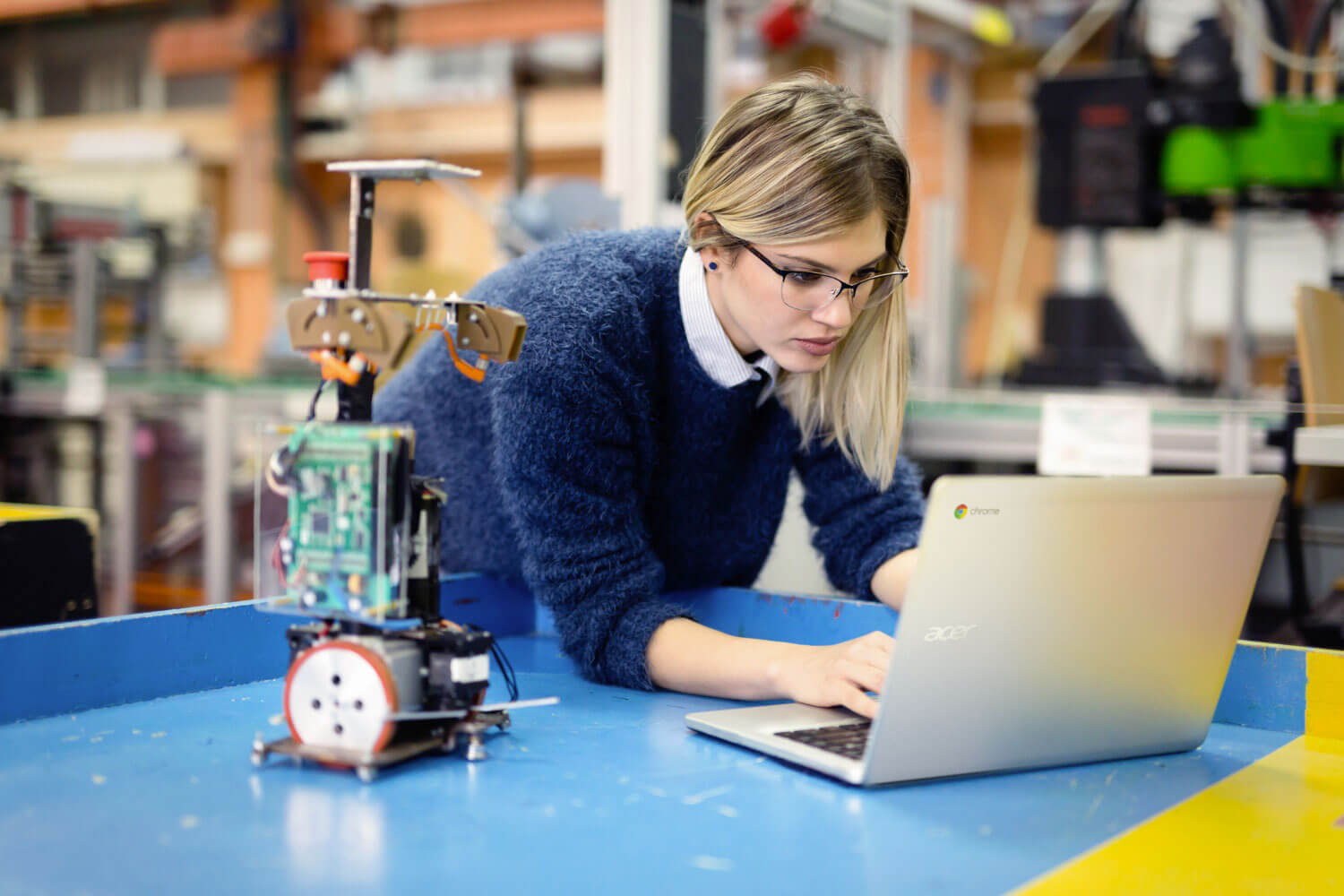
While teachers are preparing students for their potential careers, they are also imparting the many other benefits of bringing STEM concepts into the classroom. One way to do this is through robotics. While building robotic figures and getting them to work, students learn skills like mechanics, engineering, coding and more.
- 0 Comments
- Jan 13, 2020 10:00:00 AM
- Posted by Natalia Galvis
- Topics: Robotics, EdTech, STEM, 21st Century Classroom, Robots,, Innovation, Edchat
Relevant Posts
Popular Posts
Subscribe to Email Updates
-
I Want To Learn MoreADDITIONAL INFORMATION


